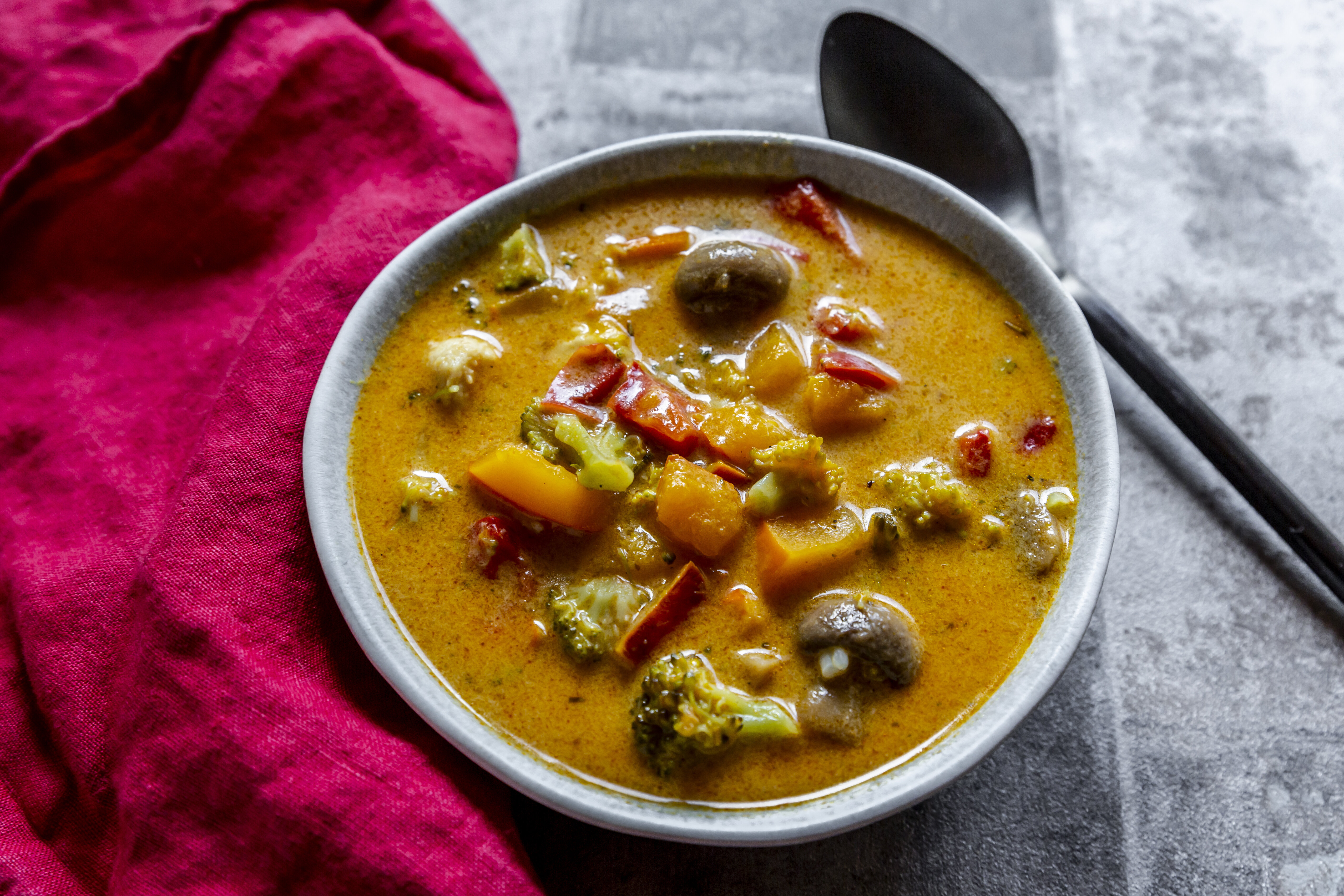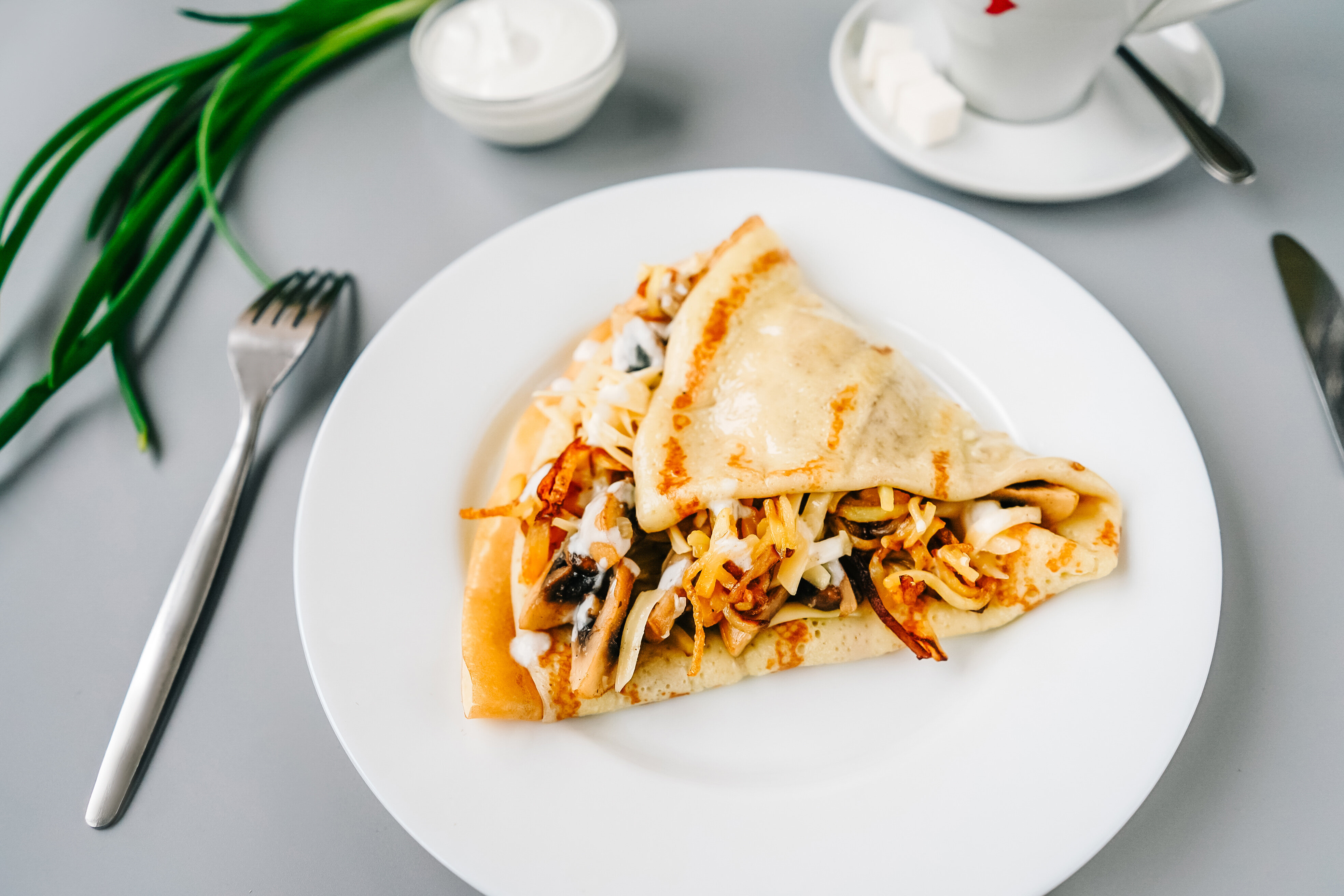 Did you know that if you over-salt that taco meat, it can enhance the spiciness of other hot ingredients?
Did you know that if you over-salt that taco meat, it can enhance the spiciness of other hot ingredients?Anyone who spends time around young children can attest to the fact that picky palates are common. Bold flavours ― especially those that involve heat ― often take little kids by surprise, and many react to the unfamiliarity with loud and adamant refusal. My almost-2-year-old niece, for example, is a mini foodie who loves just about every dish she tries … unless hot peppers are involved. One bite of salsa or guacamole, and she’s in full meltdown mode.
I, on the other hand, have loved spicy foods since I was a toddler (at least, according to my mom), and my adoration for peppers, chilli powder, cayenne, hot sauces and all other capsaicin-loaded eats has persisted into adulthood. That makes me wonder: Can spice tolerance be learned? Can kids develop a taste for spicy foods, even if they’re not immediate fans? And if so, how can a parent go about facilitating this while respecting their child’s preferences?
To answer these questions, we asked licensed nutritionists and dieticians who work with children to provide some guidance on the best ways to introduce young kids to spicy foods — and how to give them the space and the support to decide whether they like these dishes.
Children can begin to encounter seasoned foods at 7 to 12 months.
Most babies begin their foray into solid foods with soft and easy-to-eat items like warm cereal and pureed fruits and vegetables. Generally speaking, these intro foods feature gentle flavours and aren’t seasoned with salt or spices. At around the 7-month mark, though, Los Angeles-based registered dietician Blanca Garcia says that “most families with spicy foods in their cultures start giving infants foods with flavours. [Examples include] beans cooked with onions, garlic or black pepper, ginger, ginger tea and turmeric. For other cultures, spices can also include [mild] curries and garam masala. These foods are not spicy, but they do have flavours that can give the palate the foundation for what is to come.”
Begin by exposing kids to aromatic spices without heat.
As Garcia said, spices that deliver big flavours but don’t include capsaicin (the active component that causes the burning sensation prompted by hot peppers) can whet a child’s palate for more intense spices down the line.
Dawn Kane, a certified food scientist and the regulatory affairs manager for Little Spoon, advises first introducing aromatic spices without heat — think cinnamon, basil, mint or cumin — to kids.
“Start with a small amount to get your little one familiar with the ingredient and gradually incorporate it into more and more meal occasions,” she said. “Adding these spices can help expose your little one to a range of flavours and ingredients, helping to mitigate a future picky eater.”
When it comes to ‘hot’ foods, wait until your child has the ability to clearly say yes or no.
Adding foods with capsaicin to your child’s diet should wait until the child in question can clearly articulate their reaction to these dishes.
Registered dietician and certified nutritionist Reda Elmardi recommends waiting until after the age of 2 to try giving your kids spicy foods, both because of their physical development — she said kids’ taste buds become fully developed around that age — and because children deserve the agency to determine their own comfort levels with hot spices, which can be painful for some people to eat.
Gradually add spice to dishes that your child already enjoys.
Carefully easing your child into the experience of eating spicy food is a smart move.
“Start with a small amount of spice and serve with foods your child already enjoys,” advised registered dietician Johna Burdeos. “For instance, this might be in the form of a spicy dip to go with favourite finger foods, or a spicy sauce or gravy served with noodles, pasta, rice or potatoes. Increase the spiciness gradually, as your child’s tolerance evolves.”
Be careful with the amount of salt you use.
To mitigate the intensity of the spices and/or peppers you use in your recipe — which is always advisable, but especially when you’re cooking for kids who haven’t gotten used to spicy foods yet — keep a close eye on the amount of salt that you’re adding to the dish. Salt can heighten the perception of heat and make a spicy dish feel especially fiery.
Paediatric dietician Cathy Monaghan of Weaning.ie in Ireland urges you to “ensure there is no salt in the spice blends that you are using, and avoid added salt.”
Don’t force your kid to eat spicy foods, but make these dishes available to them if they want to try again.
If you introduce a spicy dish to your child and learn that they dislike it, you may assume that you missed your chance to instil a love of heat in your kid’s tastebuds. Luckily, registered dietician and nutritionist Allison Tallman of SportingSmiles.com assures us that all is not lost — as long as you let your child dictate the pace of future spicy food encounters.
“If your kid continues to disapprove of spicy foods, you can continue to offer them in small quantities, and again, one at a time,” Tallman said. “Do not push your child to eat it, though, as it may build up resentment. Give your child the choice to consume the food when and if desired.”
If your children help you prepare spicy dishes, take proper precautions.
Inviting your children to participate in the cooking process can help develop their overall interest in food, and letting them help as you prep a spicy meal could encourage them to give the completed dish a try. That said, special precautions need to be observed when you and your kids handle hot peppers or seasonings. Kids tend to rub their eyes and faces a lot, which can be very painful if their fingers have touched capsaicin.
“Safety measures for cooking with spicy peppers include being mindful of knives and the hot stove/pans so they don’t get cut or burned. It would also be very helpful to use gloves so they don’t get the capsaicin on their skin or in their eyes and feel those burns,” explains paediatric dietitian Courtney Bliss of Feeding Bliss in Phoenix.





